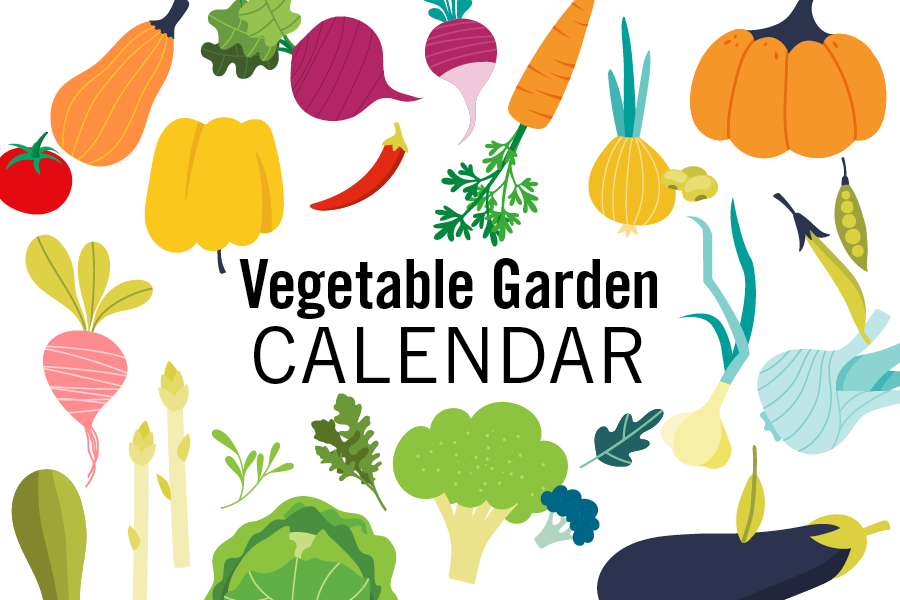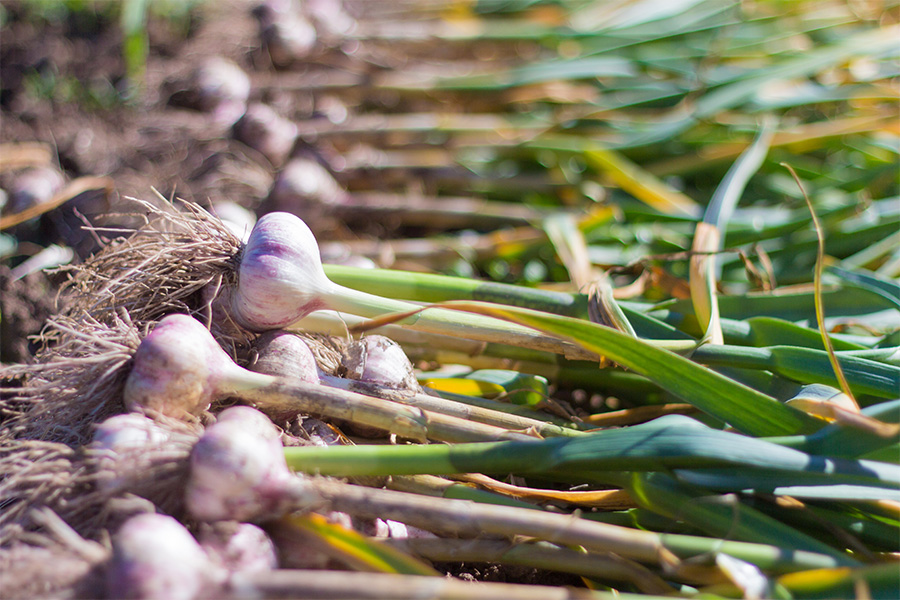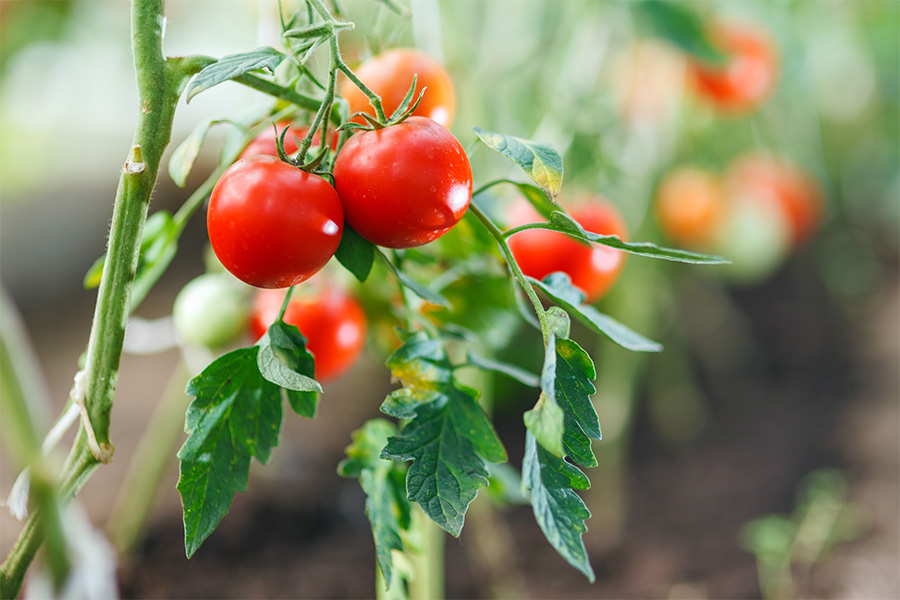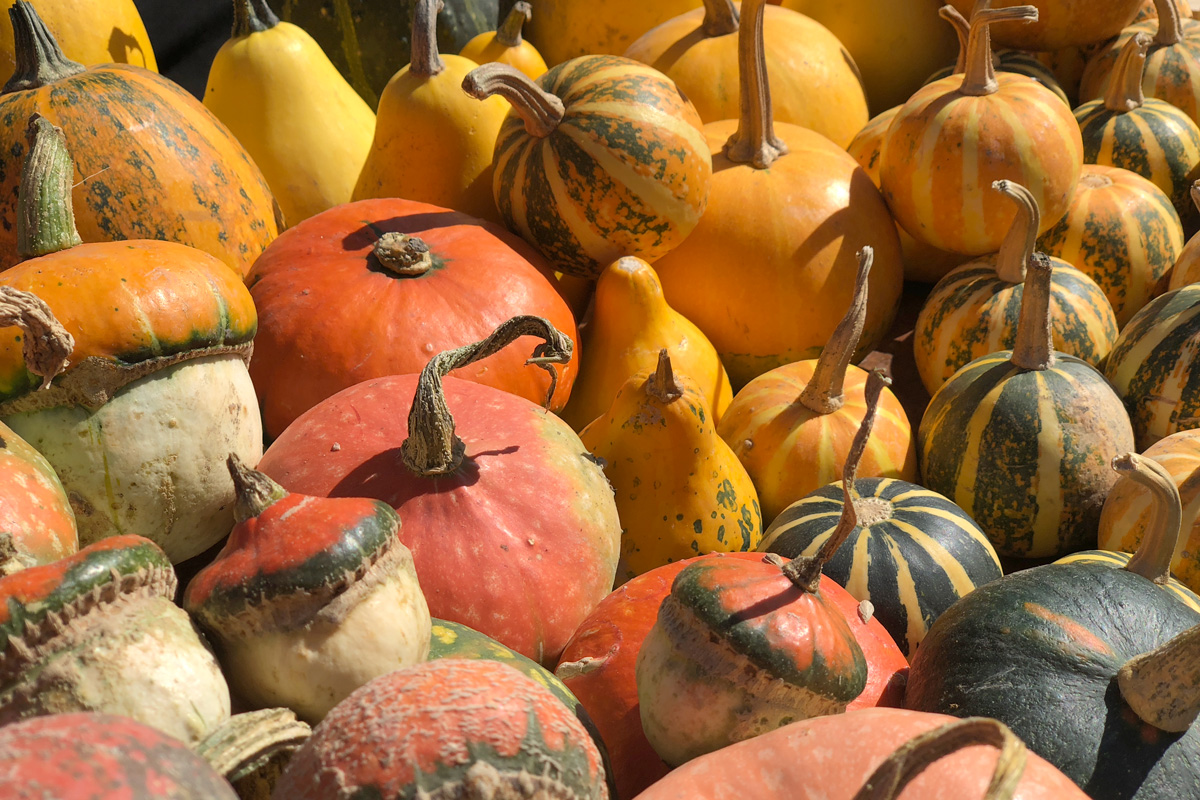Horticulture
-

This publication is an introduction to growing industrial hemp for fiber production in Georgia. While not exhaustive, it outlines some of the major production challenges in growing this crop in the Southeastern U.S.
Eric Elsner and Timothy Coolong
|
-

This report provides research and extension results for trials conducted by the University of Georgia Vegetable Team and its collaborators in 2021. Contributing authors include county and regional faculty as well as specialists from UGA’s horticulture, plant pathology, crop and soil sciences, and entomology departments. All research has been supported by the Georgia Vegetable Commodity Commission.
Timothy Coolong
|
-

Your guide to home gardening in Georgia! Our climate allows us to grow something almost year-round, and these monthly checklists will help you keep your garden working well. Planting recommendations are based on long-term average last and first frost dates for Middle Georgia; adjust accordingly for South or North Georgia.
Bob Westerfield
|
-

The Georgia Master Gardener Handbook, 8th Edition, is the official reference text produced by the University of Georgia and developed for Master Gardener training. For more information about the Georgia Master Gardener Extension Volunteer Program, visit www.GAmastergardener.org.
This book, published in 2021, is currently available at $95 per copy (including tax). Single copies (no certificate or badge included) may be purchased online with a credit card at the UGA Extension Store website. Delivery will be 7-14 business days from receipt of order. Please include a street address rather than a P.O. box. Sales of books and data are considered final. Materials returned because of damage in shipping will be replaced.
This edition was extensively revised and updated in 2021. This edition also includes an all-new guide to the Master Gardener experience.
This 8.5 x 11″ book is perfect-bound with soft cover and contains 978 pages with color photos.
Sheri Dorn and Sarah Sawyer
|
-

This guide gives gardeners tips to successfully grow garlic.
Bob Westerfield
|
-

B 1271
Georgia Homegrown Tomatoes
This publication discusses the basics of growing tomatoes successfully, as well as avoiding common problems encountered by the home gardener.
Bob Westerfield
|
-

Georgia growers can reliably produce lettuce in shaded high tunnels to capitalize on summer markets. This publication is an overview of using shading to grow lettuce in a high tunnel during the summer season when it is too hot to grow in the field.
Juan Carlos Diaz-Perez and Timothy Coolong
|
-

Learn all about growing squash, a nutritious, high-fiber vegetable rich in vitamins A and C. Squash are not difficult to grow, and this resource gives you information on type selection, planting, harvesting, and storage, along with tips on how to deal with insect and disease problems you may encounter.
Bob Westerfield and Malgorzata Florkowska
|
-

C 1232
Homegrown Carrots
Homegrown carrots have a unique freshness and juiciness to them and are much more flavorful than their store-purchased counterparts. This publication covers the basics of how to select and grow carrots in the Georgia garden, including planting, maintenance, problems, and variety selections.
Bob Westerfield
|